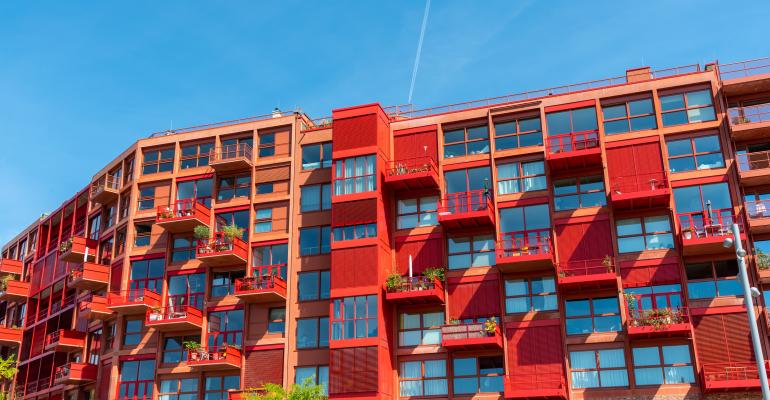Sponsored by Red Capital
By Daniel J. Hogan
“You want me to be all gloom and doom, or just shut up?”
—Stephanie Meyers
A strong market exists for forecasts of gloom and doom. It is a fundamental element of human nature and, indeed, appears to have a neurological basis: experts have determined that a linkage exists between neurological processes in the right hemisphere of the brain and pessimistic thinking.
After an eight year multifamily boom it is easy to fall prey to the pessimistic temptation. But, facts are impossible to ignore. Economic, demographic and fundamental trends are generating strong tailwinds behind the multifamily market, and the phenomena that may cause the winds to shift direction seem less probable by the day.
As for the economy, 2019 appears likely to be a transitional year that will serve as a bridge from the robust conditions observed this year to sluggish “new normal” growth in 2020. But little evidence exists that this slowdown will be a precursor of an imminent recession. Barring an overreach by the Fed our macro models indicate that GDP will rise about 2 percent; establishments will create an average of 125,000 payroll jobs per month (versus 200,000 in 2018); and nominal personal income will rise nearly 4 percent.
Growth along these lines will preserve the multifamily market rally. Household formation will moderate from the 20-year high 1.6 percent rate observed through September, but remain vigorous by post-recession norms, and incomes will rise fast enough to foment constructive rent growth.
Apartment supply will subside but remain heavy by historic standards. RCR expect about 180,000 units to be delivered in 2019 to the top 50 metro markets it models econometrically (the RED 50), down from 250,000 in 2018. Our demand models project absorption of nearly an equal number, implying stable occupancy next year near 94.9 percent, using the Reis baseline.
Rent trends were constructive over the summer, propelling RED 50 rents up 4.5 percent year-on-year. Supply pressures and slower economic growth will tend to bend the rent growth down in 2019 to about 3.5 percent.
Net operating income growth will descend commensurately, but gains nevertheless will be investor- and lender-friendly. Highlighted by improved performance in the Northeast, Bay Area and Pacific Northwest, RED 50 NOI should advance nearly 5 percent next year.
While rent and NOI growth is set to decelerate somewhat cap rate trends in 2019 are likely to remain favorable to owners. RCR models do not foresee much additional upward movement in 10-year Treasury and Baa-rated bonds yields, nor is there reason to anticipate a material change in investor appetite for multifamily assets. Although yields may drift higher for older properties should buyers sour on value-add investments the probability of an across-the-board repricing seems slight.
Considering our outlook for an economic “soft landing” and a benign cap rate environment, it stands to reason that expected investment returns should please stakeholders. Our models now estimate average RED 50 annual, unlevered five-year expected total returns of 7.0 percent, up about 30 basis points from mid-year. The gain is largely attributable to better forecast 2020-2021 economic performance and a tighter spread between average purchase (5.10 percent) and projected terminal (5.36 percent) cap rates.
In sum, it may be natural for those of us with right-hemisphere dominant brains to be inclined toward pessimism. But the multifamily market seems determined to deny us psychic satisfaction, at least for a couple of years.
Danial J. Hogan is managing director of RED Capital Research.
The views expressed here are Mr. Hogan’s and may not necessarily reflect the official policy of RED Capital Group, LLC. Mr. Hogan’s market research can be found on his Twitter Page (@RED_DanielHogan) and at https://redcapitalgroup.com/news-resources/market-overviews/.
Learn. more at www.redcapitalgroup.com.





